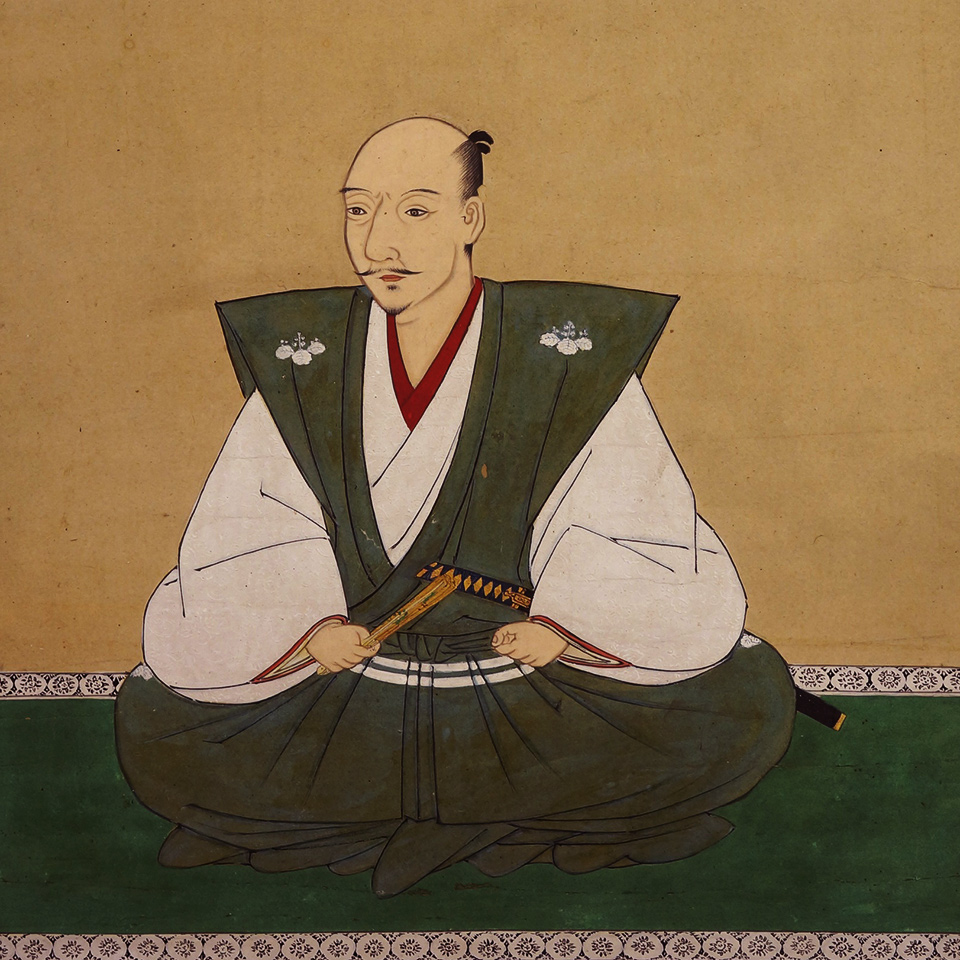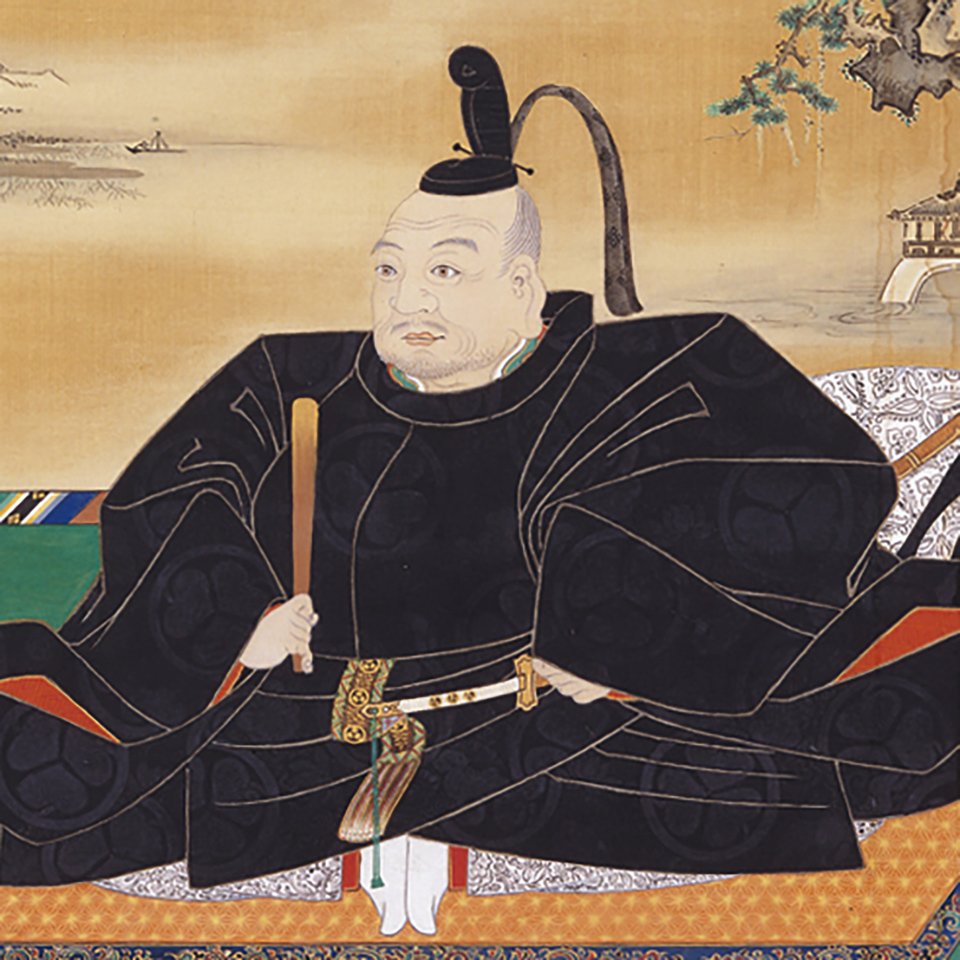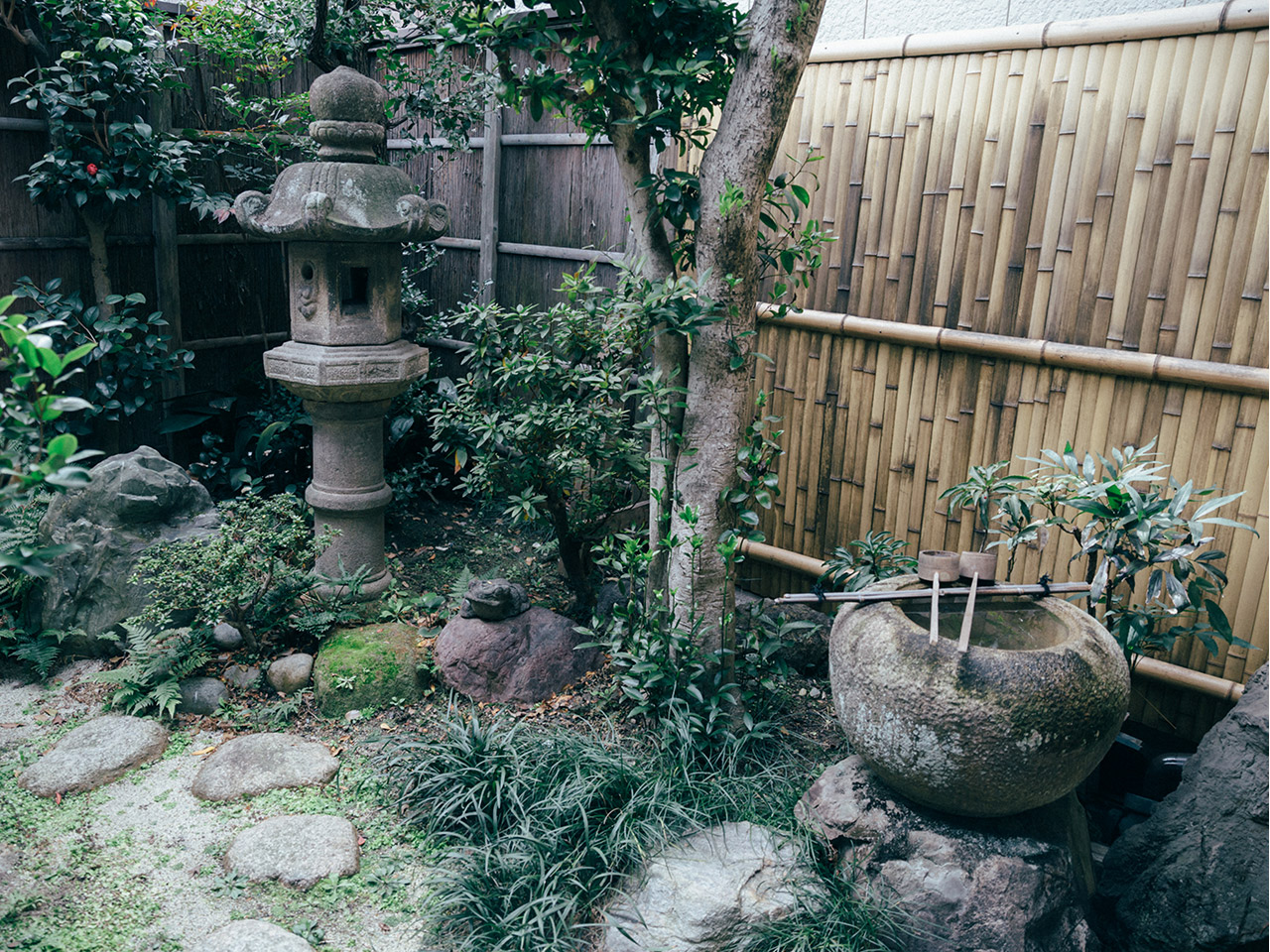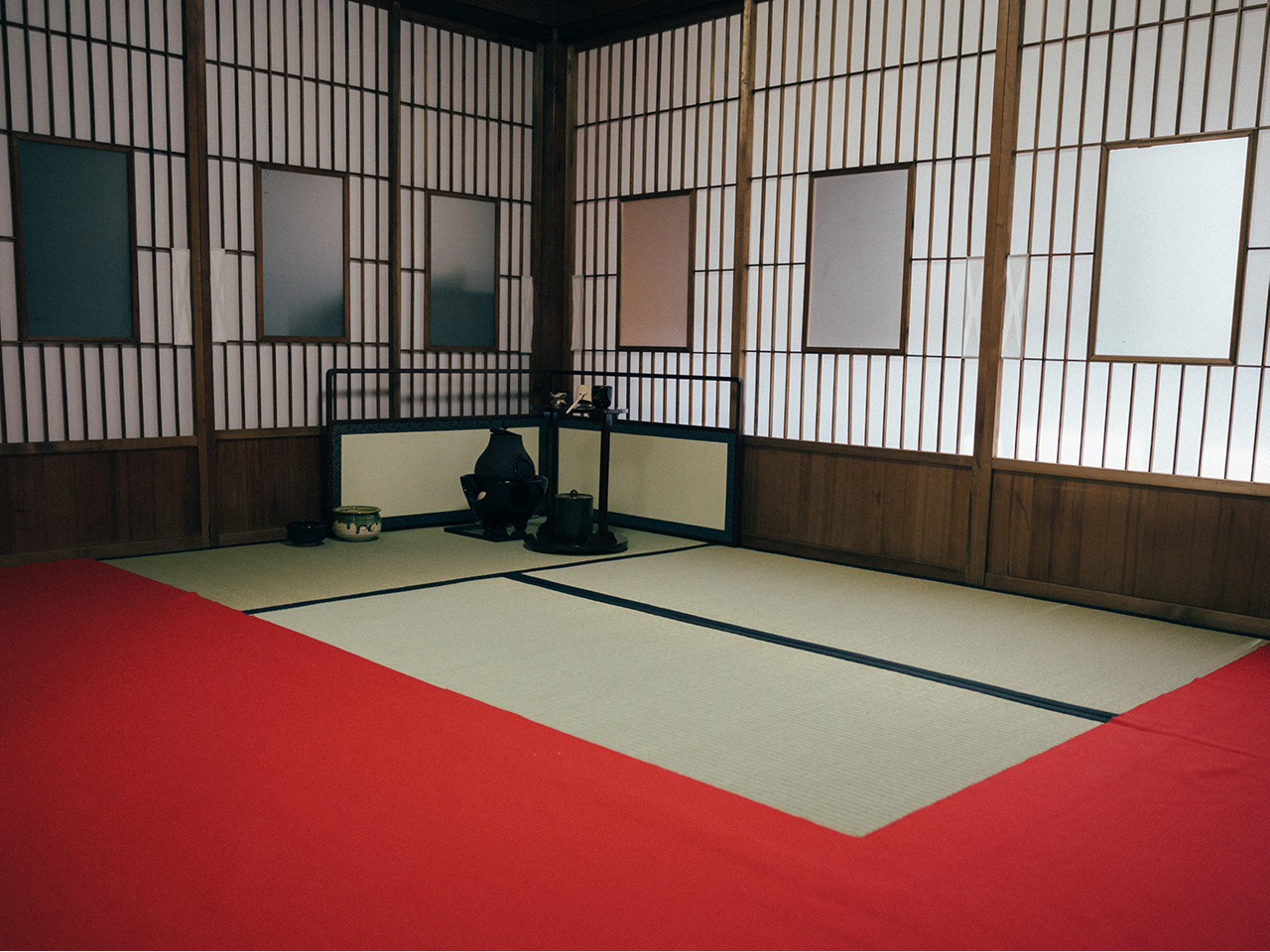Experience
「書道」Japanese
Calligraphy「茶道」Tea
Ceremonyat a Japanese traditional farmhouse
in Nagoya
"書道"Japanese Calligraphy
Kanji (Chinese symbols) are the first written characters of Japan. Kanji began spreading across Japan nearly 2000 years ago along with Buddhism and has developed a unique and powerful meaning in Japanese culture. Kanji isn’t a language expressing “sound” like English but expressing “meaning” and contains various meanings in one symbol. The connection between Kanji and Buddhism is deep and many monks left books related to the Zen sects, which are also key items in the traditional Japanese tea ceremony. Japanese calligraphy (“shodo”) is a creative and spiritual activity that is fascinating to many foreigners who visit Japan.
Your calligraphy experience at Chonoya begins with grinding an ink-cake in a tranquil environment. You can feel your mental focus begin to sharpen with the unique smell of the ink. After learning the basics of Japanese calligraphy such as how to hold and move the brush, you can enjoy freely creating written characters as artwork making use of your originality. Vivid letters will be created along the lines with the movement of your hands. After practicing many copies of the work, a clean copy of your work will be framed as a souvenir, perfect for displaying the work at home as a timeless memory of your visit.
"茶道"Tea Ceremony
“Matcha”, the traditional Japanese green tea, now attracts the attention of people all over the world as a representation of Japanese culture. But as for the authentic Japanese “tea ceremony”, only very few people have proper knowledge and experience about it even in Japan. At Chonoya, you can learn about the authentic tea ceremony in an easy-to-understand manner. Tea was introduced to Japan by Buddhist monks from China about twelve hundred years ago. Then, in the age of the Sengoku period about 400 years ago, the tea ceremony was deeply tied to the idea of Zen by Samurai, and the style of the present tea ceremony was created. It is interesting to see motions related to martial arts such as “sword” and “bow” in the manner of tea ceremony.
You will enjoy the tea ceremony sitting on the tatami mat flooring in the quiet kominka house using the same methods of the Sengoku period, concentrating on the value of cherishing this once-in-a-lifetime encounter, and the fulfilling experience of connecting the hosts and guests with one another. Based on these unique ideas of the tea ceremony, the time flows comfortably. As well as receiving temae (serving tea) as a guest, you can experience making your own tea in the ceremony, enjoying the delicious tea and Japanese confections.
Experience Japanese calligraphy and tea ceremony in Nagoya aka the city of Samurai culture
Do you know that Nagoya was once the center of Samurai culture? During the 16th century Sengoku period when Samurai played an active role, the Owari district including Nagoya was known as the place where the most famous “Sengoku Daimyo”, powerful Japanese feudal lords, were from, such as Oda Nobunaga, Toyotomi Hideyoshi, and Tokugawa Ieyasu. After leaving Nagoya, they made a big impact in Kyoto, Osaka, and Tokyo, and ruled Japan. Nagoya is a very important place in Japanese history and culture.
At Chonoya, you can experience true Japanese culture such as Japanese calligraphy and tea ceremony with English in a kominka house in Nagoya, the city of Samurai culture. Chonoya is a kominka, a Japanese traditional farmhouse, which is about 100 years old, located 10 minutes by car from the center of Nagoya. We will welcome you at a special place where people actually used to live, not a typical sightseeing facility. From the moment you step inside, you will become immersed in the good old days of Japanese houses such as tatami mats, shoji (paper walls) and traditional Japanese gardens which are rare today. With this quiet space, you can experience Japanese culture such as Japanese calligraphy and tea ceremony with small numbers of people while learning the history. This will be a special, unforgettable experience during your visit to Japan.
-

Oda Nobunaga (1534-1582)The first Daimyo who aimed for the unification of Japan in the Sengoku period, he was killed by betrayal of the vassal before completing the unification.
(Image: Chokoji Temple) -

Toyotomi Hideyoshi (1537-1598)After Nobunaga Oda’s death, he achieved the unification of Japan, and helped the tea ceremony develop greatly with Sen-no-Rikyu who was the founder of the tea ceremony.
(Image: Kodaiji Temple) -

Tokugawa Ieyasu (1542-1616) After the ruin of the Toyotomi family, he opened the Edo shogunate which lasted about 260 years.
(Image: Osaka Castle Tower)
Cultural Experience Package16,500Yen (tax included)
Detailsblog
There are no contents.










